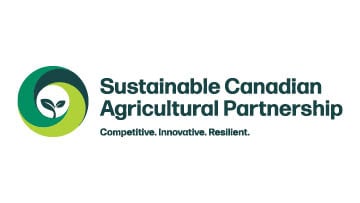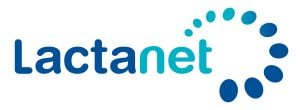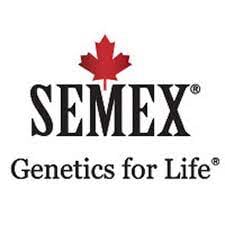
Project Overview
Dairy breeding programs have successfully increased production levels over the past decades, with novel technologies allowing efficient selection of animals with desirable physical and genetic characteristics. This selection process has increasingly led to the mating of related animals, and the long-term consequences of this approach remain unclear. Furthermore, young, genomically tested breeding stock may be widely used with far-reaching impacts on the genetic makeup of the Canadian dairy cattle population. There is a need to understand genetic mutation and recombination rates, and determine which characteristics are frequently inherited together (haplotypes) in managed breeding programs.
The overall objective of this project is to develop a national strategy to rapidly identify, understand and manage detrimental genetic mutations to prevent rapid spread across the Canadian dairy population. This research aims at improving detection and management of detrimental genetics in Canadian dairy cattle for greater efficiency and profitability.
What Will the Research Team Do?
The research team will; (i) develop a monitoring system for detrimental genetic mutations using industry partnerships to ensure confidentiality; (ii) undertake genetic analysis of frequently used Canadian bulls and use data simulations to predict genetic mutation, recombination rates, and their economic consequences; and (iii) develop knowledge transfer materials to ensure information is available to Canadian dairy industry stakeholders.
The objectives of this project are to:
- Develop a rapid-response feedback system in which detrimental haplotypes will be identified before their frequency in the population increases.
- Develop a reference dataset of segments of chromosomes that are inherited more often, as well as of more common recombination points within the genomes of the dairy population using analysis of both actual and simulated data sets (genomic architecture of homozygosity).
- Identify and quantify potential financial implications of implementing various strategies to manage homozygosity; Develop integrated system analysis tools to quantify the impacts and the trade-offs associated with various strategies.
- Integrate results into developing educational and extension materials and conduct training for future dairy production workforce, stakeholders, and public outreach.
Principal Investigators
Christine Baes
University of Guelph
Co-Investigators
Filippo Miglior
Lactanet
Flavio Schenkel
University of Guelph
Brad Eggink
Holstein Canada
Key Words
- Genetic mutations, rapid detection, management, Holstein
Period: 2023-2028
Budget: $899,990
Last Updated: June 17, 2024
Note: As per the research agreement, aside from providing financial support, the funders have no decision-making role in the conduct of the studies, data collection, and analysis or interpretation of the data. Researchers are independent in conducting their studies, own their data, and report the outcomes regardless of the results. The decision to publish the results rests entirely with the researchers.




